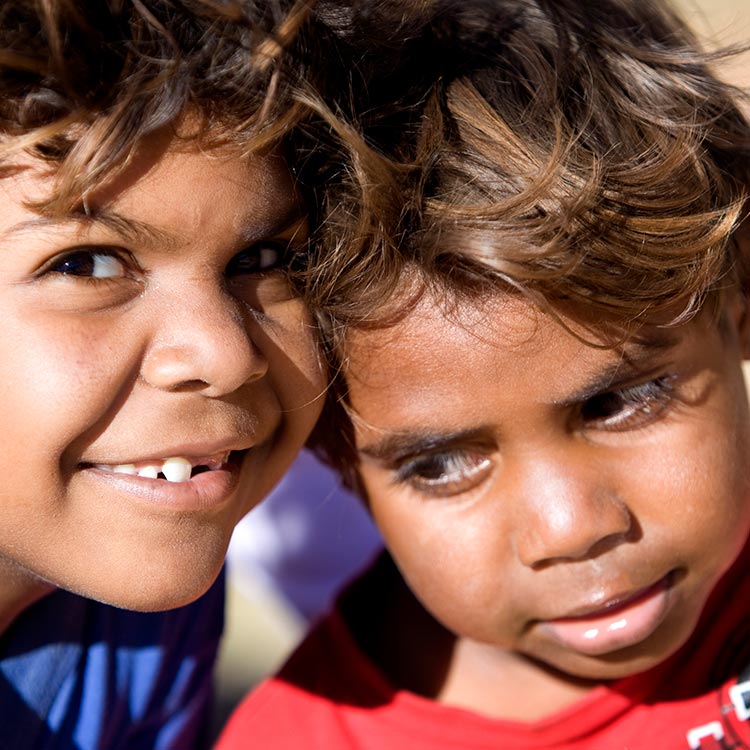Search
Research
Pneumococcal responses are similar in Papua New Guinean children aged 3-5 years vaccinated in infancy with pneumococcal polysaccharide vaccine with or without prior pneumococcal conjugate vaccine, or without pneumococcal vaccinationWe studied in a non-randomized follow-up trial the persistence of pneumococcal immunity in children, 3-5 years of age, in community controls of a similar age.
Research
Cochrane Corner: interventions to improve hearing aid use in adult auditory rehabilitationThis "Cochrane Corner" will be a recurring feature in the journal that highlights systematic reviews relevant to audiology, with invited commentary to aid clinical decision making.
Research
Otitis-prone children produce functional antibodies to pneumolysin and pneumococcal polysaccharidesThe production of functional antipneumococcal antibodies in otitisprone children demonstrates that they respond to the current pneumococcal conjugate vaccine (PCV)and are likely to respond to pneumolysin-based vaccines as effectively as healthy children.
Research
Diversity of Nontypeable Haemophilus influenzae strains colonizing Australian Aboriginal and non-Aboriginal childrenNontypeable Haemophilus influenzae (NTHI) strains are responsible for respiratory-related infections which cause a significant burden of disease in...
Research
Diverging Trends in Gastroenteritis Hospitalizations during Two Decades in Western Australian Aboriginal and Non-Aboriginal ChildrenOur findings highlight the need to consider age, ethnicity, seasonality and climate when evaluating rotavirus vaccine programs.
Research
Use of data linkage to investigate the aetiology of acute lower respiratory infection hospitalisations in childrenThe aim was to document the aetiology of acute lower respiratory infection (ALRI) hospitalisations in Western Australian children
Research
The changing epidemiology of invasive pneumococcal diseaseWe investigated trends in invasive pneumococcal disease (IPD) in Western Australia (WA).
Research
Diverging trends for lower respiratory infections in non-Aboriginal and Aboriginal childrenTo investigate temporal trends in admission rates for acute lower respiratory infections (ALRI) in a total population birth cohort of non-Aboriginal and...

News & Events
Funding boost music to the ears of WA childrenA $6 million commitment from Wesfarmers to Telethon will fund vital research to reduce the impact of chronic ear infections and other serious diseases.
Research
A hospital-based asynchronous ENT telehealth service for children with otitis media: Cost-minimisation and improved accessThe purpose of this study is to explore the effectiveness of a hospital-based asynchronous ear, nose, and throat telehealth service (the Ear Portal) in reducing cost and improving access for children with otitis media.
